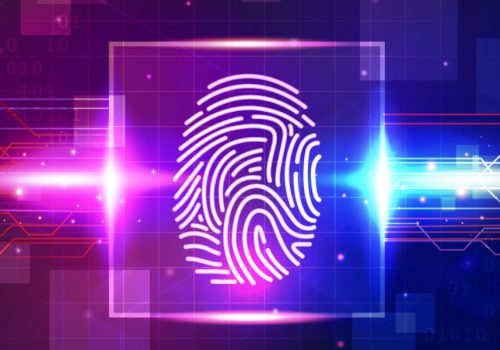Workers in every sector of the economy are accustomed to doing their tasks over the internet. This makes it easier for members of a group to work together, which in turn makes it simpler to come up with new ideas and complete assignments. This method not only helps organizations improve their productivity but also helps them save money by decreasing the need for expensive gear and on-site maintenance.
As our reliance on cloud computing and data storage infrastructure continues to develop, organizations have a growing responsibility to implement effective security mechanisms to protect our systems and the work we do. Even if major cloud service providers like Amazon Web Services, Microsoft Azure, and Google Cloud Platform give serious consideration to the safety of their respective services, this does not mean that your organization should forego taking additional safety measures.
What you need to know about the safety of your data stored in the Cloud
The level of security is unvarying across the board, which is to say that it does not matter how many different cloud services your firm makes use of. Consider the following seven factors if the safety of your data stored in the cloud is a concern of yours.
1. Encryption (The sending of coded or secret signals)
Think about using a cloud storage provider that gives you the option to encrypt your files both locally and remotely. As a consequence of this, this is the first step toward preventing failures in security. Your data is safeguarded on not one but two fronts, rendering it unavailable to both the company that provides the service and the administrators who manage it.
2. Establish Visibility
When you are trying to make a safe environment, one of the things that can be the most frustrating is the fact that you cannot see how the many elements and procedures fit together or do not fit together. To be able to create efficient security measures for your company, you need to have a comprehensive grasp of the inner workings of the network, systems, storage, and applications.
3. Always ensure that the passwords you use are secure
Your password serves the same function as a key to the front door. Given that it contains your address, you would not dream of letting it lie around like that, would you? Everyone has, at some point in their lives, scribbled down a password on a post-it note. Stop doing that and make sure that you are not the one accountable for a violation since you are not pulling your weight in the situation. Because weak passwords account for more than seventy-five percent of successful attempts, you should exercise extreme caution while coming up with your own.
Instructions on how to come up with a secure password
- Your passphrase needs to be at least 8 characters long to be valid
- Do not include any personally identifiable information that may be used to locate you, such as; your name, birthday, place of employment, or the names of other people or pets that you know or own
- Avoid using a passphrase that consists of nothing but letters whenever possible
- Include all types of characters, including capital and lowercase letters, digits, and symbols
- Make it a habit to regularly alter your passwords, and under no circumstances should you use the same one twice
4. Use Trusted Software
If you want to make sure you always have the most recent version of the essential software, it is essential to work with a reputable company that has been operating for some time and can manage upgrades on your behalf. This is the only way to make sure that you always have the most up-to-date version of the software.
5. Implementing two-factor authentication
Two-factor authentication, often known as 2FA, involves verifying your identity with either a mobile app or a hardware token. This adds a second layer of protection between hackers and your data. You will be required to enter your password on one device before being prompted to perform some action on another device in order to use a tool that requires two-factor authentication (2FA). In the event that your password is discovered by an unauthorized third party, this measure will ensure that your information remains safe.
6. Choose skilled people to fill the roles
The quality of the employees that an organization uses has a direct and immediate bearing on the level of productivity that the organization achieves. If your company needs to maintain the security of the cloud resources it uses, one of the first things you need to do is locate knowledgeable information technology specialists with experience who can help you acquire new employees and train them.
7. Be sure that you have a backup plan
Even if you save your information in the cloud, you should still back up your data regularly. It is recommended that data be saved both locally and in the cloud, with the precise amount of cloud services required being determined by the type of data being stored. A cloud specialist will be able to guide you through the process of determining how frequently and how many times you should back up to the cloud. The BAASS organization makes use of our Hosted Cloud service, which backs up its data on a consistent basis and creates multiple copies of all of its data. If you have backups of your data, you will not lose as much time if something occurs to the original site because you can simply restore the data from the backup.
Conclusion
Your company needs to take responsibility for its own safety and maintain a state of heightened vigilance. It is vital to install additional layers of internal protection in addition to using secure cloud networks, which are sensible decisions in and of themselves. If you follow these seven rules, you can increase the level of safety that exists inside the cloud environment in which you are working.









